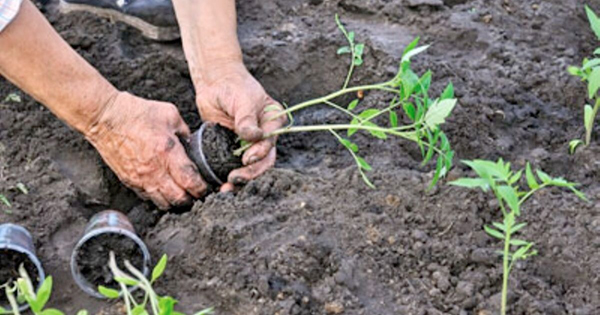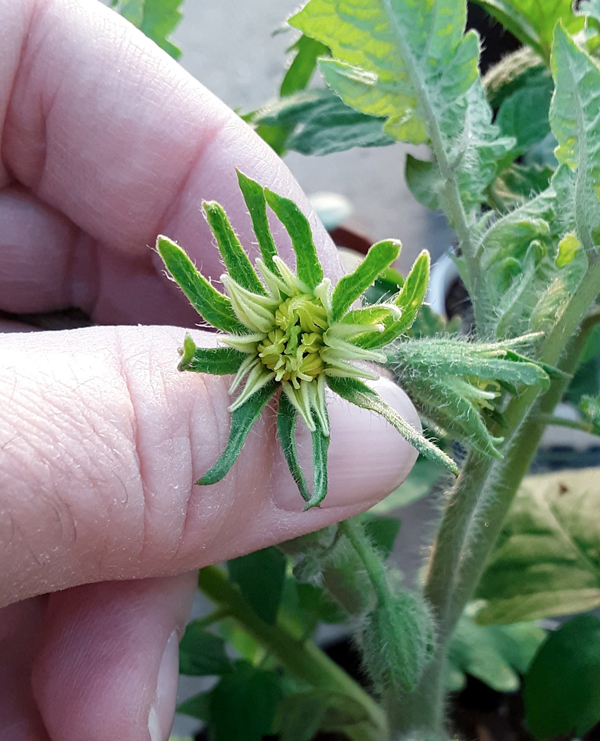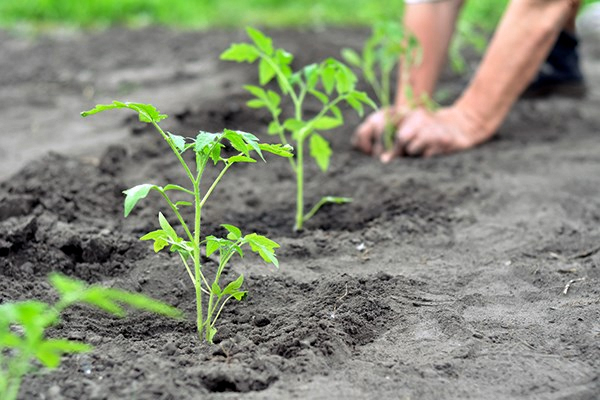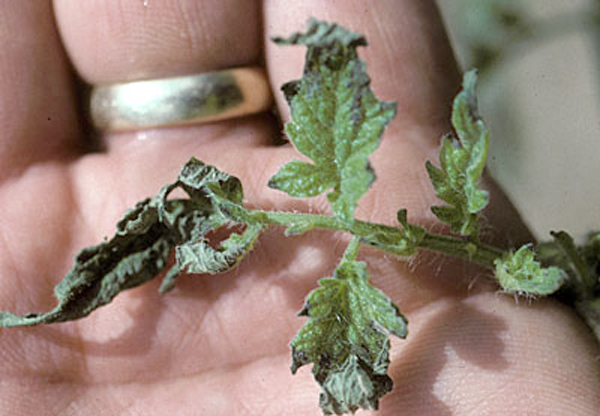
Chapter 30
Common Grower Mistakes
A gardener can easily make mistakes that will reduce the likelihood of success. These may be errors of omission and/or commission. Plants can receive "too much love." This could be in the form of excessive water or fertilizer. Below are some of the most common errors that should be avoided.
1. Planting in a site that does not receive enough sunlight. Tomato plants do best with full sun. The least amount of sunlight recommended is 6 to 8 hours. More is always better. Inadequate sunlight results in spindly plants and fewer and smaller tomatoes.

2. Over-watering. Tomatoes require one to two inches of water per week depending on soil type. Excessive water results in tomatoes that are watery and less tasty. Too much water will saturate the soil and restrict oxygen access to the roots resulting in decreased growth. Foliage that stays damp is more prone to disease. When you do water, keep it off the foliage.
3. Over-fertilizing. Fall soil preparation, fertilization at the time of planting, and small amounts of foliar feed in dilute form throughout the season are adequate. Over-fertilization can result in lots of foliage but not many tomatoes. Of course, we are trying to go big and so there will be a fine balance between adequate and too much. Be careful. Avoid any fertilizers that are high in nitrogen.
4. Starting seeds too early. Don't start your seeds too early. Time your start based on the event you are growing for. You can't plant outside without protection until the temperatures are adequate.
5. Transplanting to the garden too soon. Tomatoes should not be transplanted to the garden until the soil temperature is at least 55˚, with 60˚ preferred. Soil temperatures lower than 50˚ may set the plants back. Air temperatures should not be less than 50˚ or it may be necessary to protect the plants. There have been reports of tomato plants surviving temperatures in the upper 30's without protection, but why take any unnecessary chances with your plants? Temperatures below 32˚ (frost) will kill tomatoes. And, who can say what the long term effects of these low temperatures might be?

6. Forgetting to give megablooms extra pollen. The larger blooms may not get enough pollen on their own and end up aborting. They need some help.

7. Not giving your tomatoes enough support. The really big tomatoes have a tendency to pull away from the main vine. Poorly supported vines will fall over. Even Gordon Graham's winning tomato came from a plant that fell over in his garden. He was very lucky. You might not be.
8. The overuse of insecticides and fungicides. Use good gardening techniques to prevent disease and watch your plants closely. Follow all label instructions. Improper use of these agents can result in damage to the plants, destruction of soil organisms, and poisoning of those working in the garden or ingesting the fruits.

9. Crowding plants into a space that is too small. There is a tendency to put too many plants in the garden. This causes competition for sunlight, water, and nutrients. Also, there will be less air flow around the plants and a bigger opportunity for disease. It is difficult to throw away plants that have been started from seed. Give them to your friends. Plants should be at least 3, and better yet, 4 feet apart.

10. Compacting soil is detrimental to good root growth, so I use boards to protect areas where I have high traffic in the proximity of plants. Compaction can break roots and disturb the fragile balance between roots and beneficial microbes in the soil. The less you walk in the proximity of your plants, the better your plants will grow.

